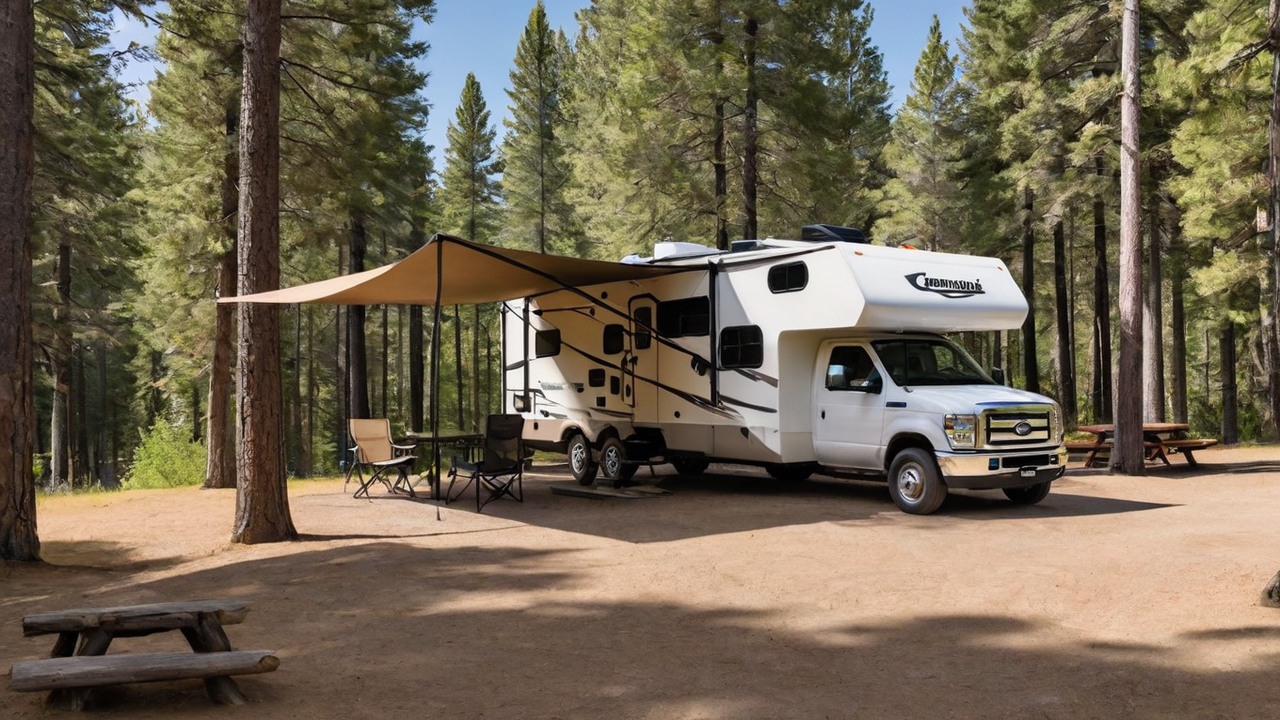Designing an Ultimate User's Interface: Designing Principles for Camping Software
Designing an Ultimate User's Interface: Designing Principles for Camping Software
Blog Article

Understanding The Users
Knowing whom the intended users is essential in creating an efficient user's interface. It's important to consider the requirements, likes, and technology competence. Such insight guides the design decision, ensuring that the software is user-friendly and intuitive.
Understanding your audience likewise implies recognizing their obstacles and the way they intend to utilize the campground software. This enables the designers to customize functions and capabilities that meet specific needs, making your application not only useful but also indispensable.
Simplifying the Navigation System
Streamlining the navigation can be a critical aspect of interface designing. A intuitive menu system ensures visitors can readily find what they're looking for, cutting down frustration and improving user satisfaction. It's about making the journey through the software as seamless as possible.
Moreover, a well-designed navigation leads visitors through your software, highlighting functions and tools that they might otherwise would overlook. Such an strategy not only boosts usability but also promotes deeper engagement with your campground software full range of features.
Incorporating Premium Graphics
Visuals have an crucial part in creating an attractive user interface. They aid in breaking up text and can also convey functions in a more efficiently than words alone. Selecting the appropriate images, icons, and colors can greatly boost the aesthetic of the application, thereby making it more pleasing to the eye.
Moreover, a consistent visual style is for building brand identity and trust amongst your users. Every component ought to be in alignment with your brand’s principles and the overall mission of your application, resulting in a seamless experience that is both polished and inviting.
Improving the Responsiveness
In today's online world, users expect campground programs to be fully responsive on every platforms, from desktops to smartphones. A responsive interface guarantees that regardless of the screen size, the software provides an optimal experience. This not only increases usability but likewise caters to the users’ on-the-go lifestyle.
Furthermore, enhancing your software’s responsiveness could lead in enhanced speed, reducing the loading time and avoiding frustration. Users value a quick and efficient interaction when accessing camping software, making speed an component in user satisfaction.
Optimizing the Search Functionality
Searching for data quickly is key in any kind of software, particularly in campground management. Enhancing your search feature enables visitors to quickly discover what they're searching for, which in turn enhances their satisfaction and efficiency. By intelligent search features, you reduce the frustration and improve overall satisfaction.
Additionally, complex search features like filters and tags can assist in narrowing down search results, making it process even efficient. Implementing these functionalities demonstrates a understanding of your user’s needs and a commitment to making their experience with the campground software as smooth and productive as possible.
Prioritizing Security
Protecting user information must be non-negotiable when coming to developing campground software. Your users expect to be secure when inputting their personal data. Guaranteeing strong security measures not only protects the data but likewise builds a sense of trust between your user and the brand.
In addition to standard security features like passwords and encryption, consider adding advanced options such as two-factor authentication or biometric security logins. These features provide additional layers of security, further ensuring that user data is held safe from unauthorized access.
Utilizing Feedback
Listening to feedback is vital for the continual enhancement of the campground program. It allows the developers to grasp what works, what doesn’t work, and how the application can be bettered to better meet user expectations. This type of feedback establishes a sense of community between the customers and your team, which makes them feel they are actively a part of the software’s journey.
Taking this feedback effectively can result in noticeable improvements in UI designs and overall UX. Making changes based on actual feedback proves that your company cares about its customers and is dedicated to providing a high-quality experience.
Keeping Simplicity
In design, the principle of simplicity is fundamental. A overly complex UI can confuse users, leading in a poor user experience. Keeping things simple, on the other hand, helps your software more intuitive and user-friendly. It promotes more engagement and satisfaction levels.
Furthermore, maintaining the simplicity should also apply to your software’s content and functionality. Avoiding unneeded functions that don’t add value can ensure that the UI remains uncluttered and focuses on the essential needs of the end-users. By doing so, you can craft a more learn more efficient UX that appeals with the target audience.
Report this page